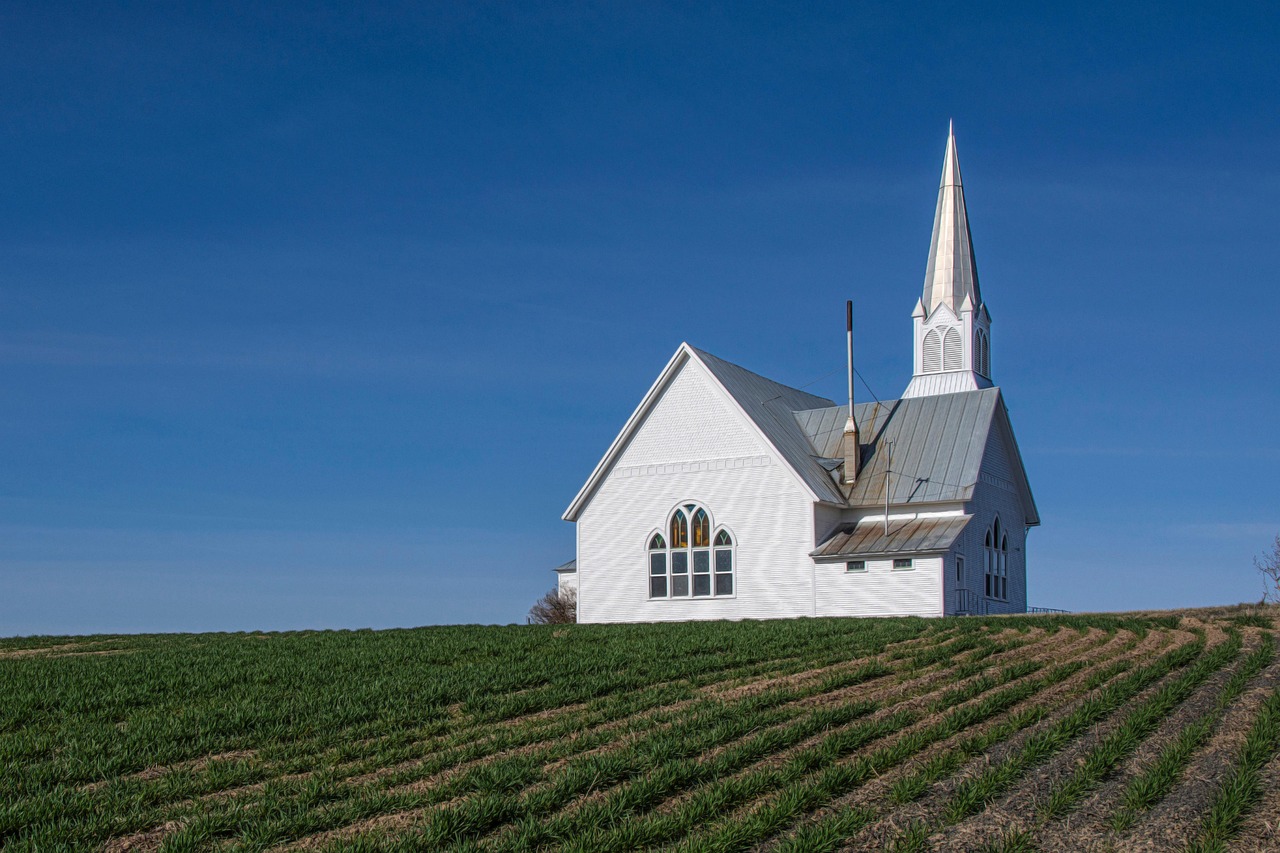Embracing a church body, whom the gospel has permeated, and where Jesus has not left the building, beautiful or not, will change your life. You may not feel a sense of urgency about any of this but think for two seconds about where we are in our relationships as a society and as believers (if you are one). I cling to the notion that we want beautiful relationships in our disjointed, fragmented, discombobulated society. And we wouldn’t mind a little artistic/visual beauty thrown in. So, how do we choose a church?
Nobody here is like us. My young adult son sounded agitated on the phone. He and his new wife were trying a church plant in a small city where they had recently moved. The one couple we relate to, he said, is moving away soon. He went on to describe funny clothes and not-so-funny jokes of those assembled: One man wears dark knee socks and shorts to worship. A mother of six barks at her kids and her husband to get in the van after the worship service. There is one guy married to a strapping camo-wearing helicopter mechanic. We went to a cookout and didn’t seem to have anything in common with anyone there….
When he had sufficiently rendered the motley crew, he paused and waited for my response.
“Welcome to the church,” I said.
We laughed. He knew my response arose not from insensitivity, but from experience.
My husband and I were married in a neo-Gothic sanctuary in a suburb of a large city: slate aisle a mile long, high rosary window backlighting the chancel, echoes of hired operatic voices. As a child, the pipe organ sometimes shook my complacency and self-absorption, like a train coming through. Other times, its heavy strains consoled, like the Easter Sunday when I was ten and my infant sister lay seriously ill in the hospital. Beauty and ritual inspired like a waterfall or a color guard at a ball game, but they did not tell me which train to catch.
Winston Churchill famously said, We shape our buildings; thereafter they shape us. Who has not hoped for something or been inspired in a great church structure or a woodland chapel? We associate ugly buildings with prisons, tenements, and crime, but not always. We can pull up to a dive of a restaurant, only to experience the finest culinary delights. And some of us have experienced danger or sexual assault inside a beautiful house of worship.
To further confuse us, the current political climate begs the question, “Who is Israel (or the church) anyway?” The answer is important because it defines the community of the church, whether she is the people or the building or a particular nation. Without delving into the arguments, let’s stick to the record: Paul’s letter to the Romans “…shows that God’s people are not defined by bloodlines or boundary stones, but by union with Christ through a Spirit-wrought faith….not defined by ethnicity….”[1] There is no difference between Jew and Greek…for everyone who calls on the Lord will be saved (Rom. 10: 12-13). All believers are the true Israel, the children of Abraham.
With that settled, can we agree as well that the church cannot be defined as the building? Yet, structural and/or ritualistic beauty and faithfulness to the Word of God are not mutually exclusive. God Himself prescribed the first temple for beauty:
There is an indulgence that is sinful (cf. Luke 12:17–21), there is an extravagance that is godly (cf. Mark 14:3–9). And perhaps the message of temple gold is that nothing cheap should be offered to Yahweh but only what is a tribute commensurate with his splendor, whether, for example, in formal worship, biblical scholarship, or quality of daily work.[2]
One church in Aberdeen, Scotland is busy restoring an ancient building to house her growing congregation. Assistant pastor of preaching, Sinclair Ferguson, comments,
“Like the cover of a book, buildings do say something,” …If God grants the provision and [Trinity] fulfills it, it will make quite a statement that something is happening here. . . . People might wonder, ‘Why is it, when other churches are closing, this one is expanding?’”
You can read the whole story here.
So, how do we choose a church?
Discern the body
In beautiful and not-so-beautiful church buildings worthy of our time, we find living stones, that is, the people who make up the “building.” We can choose ugly context and vibrant community with gospel preaching. Beauty or coolness is not sufficient to carry the freight of truth which should be lived out in a community. Jesus made it clear who is the true temple (cf. John 2:18-25). We commit to a motley crew and look for resurrection power. Remember who the church is: The general symbolism of the temple as the place that God indwells is continued in the church age in the temple that is the individual believer’s body and in the temple that is the corporate body of believers, the church (R.D. Patterson).
Discern the Story
The grand story of the gospel intersects with your story. No, the world is not only about you, but you are not insignificant. In God’s Story, you are just the right size (David Powlison). That is why you choose a church which sticks to the story: Creation-fall-redemption-restoration. By that I mean the narrative (1) God created the world and us (2) we are fallen people (3) we have resurrection hope and new life here and now and (4) we are headed for a big party at the Marriage Supper of the Lamb. Being a part of a church without the true story is like being a dear, precious adopted child and being told that that he appeared from nowhere, he bears no responsibility for his actions, and his value to his family and humanity is debatable. Moreover, the arc of his life—the ups and downs, joys and griefs, failures and successes, have no meaning or purpose, no endgame. The gospel metanarrative (Big Story) and our small stories are not flat lines. Who wants to miss life here and now plus later joining the best party ever, thrown by a host who has wooed you to rich ornamental settings, food, wine, and all the best company?
Look to the future
Until my early twenties I felt no need for, or attraction to, the church. Thank God, He rescued me from that disdain! I scan the decades of my church experience and see health and disease, comfort and dread, beauty and the ugliness of sin, hope and discouragement. But, like the ups and downs of my own health history, the record chronicles the promises of God who redeems and restores until the final day when all is perfectly made new. Even as death seems to reign, life pulses, surges, and bursts into glory.
As you come to him, the living Stone – rejected by humans but chosen by God and precious to him – you also, like living stones, are being built into a spiritual house to be a holy priesthood, offering spiritual sacrifices acceptable to God through Jesus Christ. For in Scripture it says:
‘See, I lay a stone in Zion,
a chosen and precious cornerstone,
and the one who trusts in him
will never be put to shame.’ (1 Pe. 2:4-6)(NIVUK)
When a grandson recently made his public profession of faith in Christ, I wrote a note and included Ephesians 3: 20, 21:
Now to him who by his power within us is able to do far more than we ever dare to ask
or imagine—to him be glory in the Church through Jesus Christ for ever and ever, amen!
(JB Phillips)(bold mine)
1 Point of Contact. July, 2025, Issue No. 4. Rev. Juan Carlos Martinez
2 Dale Ralph Davis. https://www.bibleoutlines.com/2-kings-61-38-details-of-the-temple-construction/. Accessed September 4, 2025.

